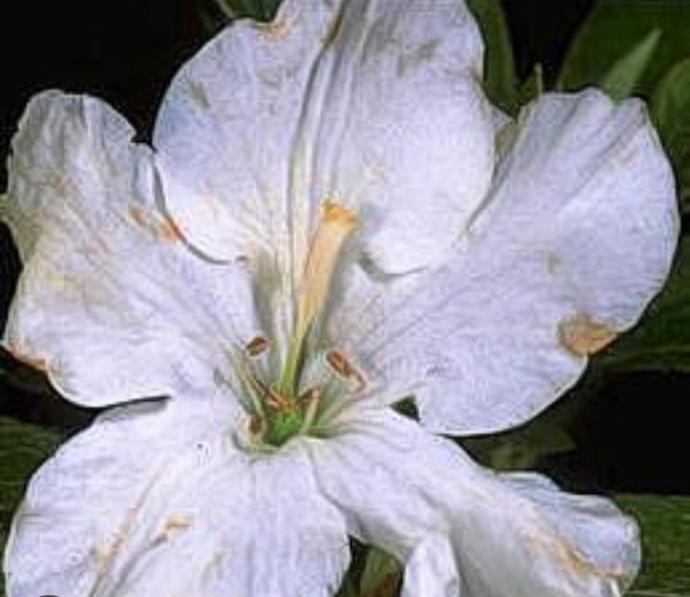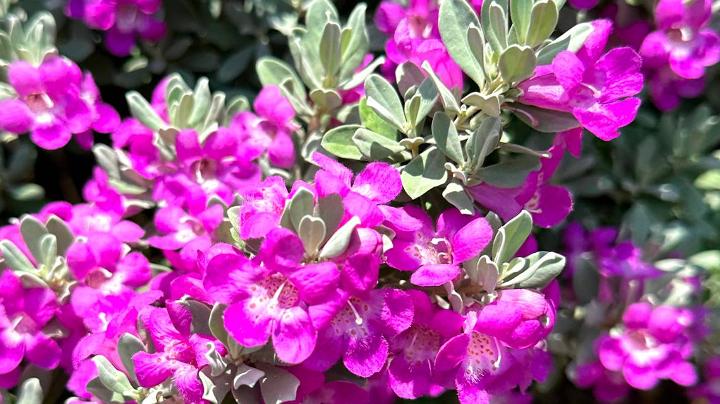Nikodia Plant
NIKODIA, possibly referring to a specific plant variety, may have varying care requirements. Generally, provide well-draining soil, appropriate sunlight, and regular watering. Pruning and fertilizing practices may vary based on the specific characteristics of this plant.

Habit
Tree
Height
1.5-2 m
Growth
Fast
Soil
Well Drained, loamy
Shade
Full Sun
Moisture
Moist
Edible
No
Medicinal
Yes
Origin
India, Southeast Asia
Climatic Condition
Tropical, Subtropical
Temperature (°)
25-30°C
Humidity (%)
60-80%
Potting media
Loamy, peat
Fertilizers
Organic, balanced NPK
Watering
Regular, deep watering
Plant Weight
200-300 g
Flowering Time
Summer, Fall
Soil Ph level
6.0 - 7.5
Water Ph level
6.0 - 7.5
Soil EC
1-2 dS/m
Yield Per Plant
Edible seeds
NPK ratio
10:10:10
life Span
Perennial
Health Benefits
High in protein, nitrogen fixation
Common Diseases and Remedies
Black rot, Petal blight.
Angular, chlorotic lesions along the leaf edges, Infected blossoms develop brownish spots that spread over entire petals and flowers.
Spray Neem Oil .
HEALTH BENEFITS
Respiratory health: The plant may have expectorant properties that can help with respiratory conditions like coughs and bronchitis.
Skin health: The plant may be applied topically to treat wounds, burns, and skin infections.
Productivity: Having plants in the workplace may help improve productivity by up to 15%.
How it may help :
The plant may help with respiratory conditions by expectorating.
The plant may help with skin health by treating wounds, burns, and skin infections.
The plant may help with productivity by providing a micro-break from computer screens.
What Is An Nikodia?
It is a species of tropical tree native to South and Southeast Asia. It's valued for its timber, medicinal properties, and cultural significance. The tree produces bright orange flowers and small, round fruits. In traditional medicine, various parts of the plant are used to treat ailments such as fever, inflammation, and digestive issues. Additionally, it holds religious significance in Hinduism and Buddhism.
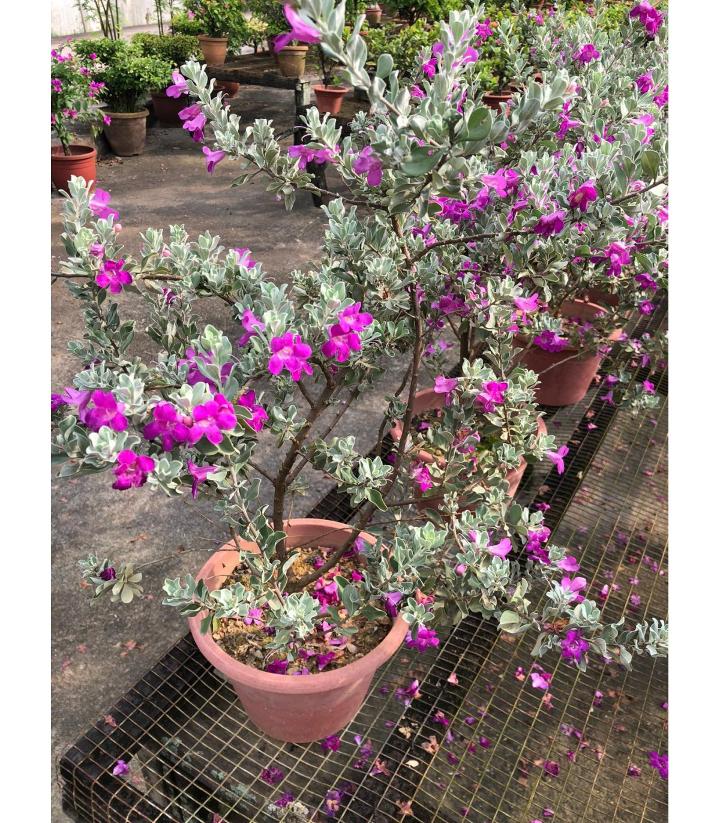
What Are The Different Types Of Nikodia?
Adina cordifolia
Native to Western Asia, this species produces large, sweet, juicy black fruits that are considered the most delicious of all mulberries.
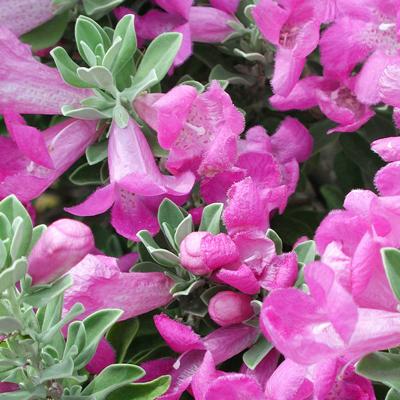
How To Care For Nikodia?
1. Location
It is native to South and Southeast Asia. It can be found in countries such as India, Bangladesh, Nepal, Sri Lanka, Myanmar, Thailand, Malaysia, Indonesia, and the Philippines. They typically thrive in tropical and subtropical regions, often growing in moist, lowland forests.
2. Sunlight
It prefers full to partial sunlight. It typically thrives in bright, indirect light but can also tolerate some direct sunlight. In its natural habitat, it often grows in the understory of forests where it receives filtered sunlight. When cultivated, providing it with at least a few hours of direct sunlight each day is beneficial for healthy growth and flowering. However, prolonged exposure to intense sunlight may lead to leaf scorching, so it's essential to monitor and adjust the light conditions accordingly.
3. Soil
It prefers well-draining, fertile soil. It thrives in a soil mixture that is rich in organic matter and retains some moisture without becoming waterlogged. A good potting mix for plants can include a combination of garden soil, compost, and sand or perlite to ensure good drainage. Additionally, maintaining a slightly acidic to neutral pH level (around 6.0 to 7.5) in the soil is ideal for optimal growth.
4. Hydration
Water your plant regularly, especially during the growing season (spring and summer). Check the soil moisture by inserting your finger into the soil about an inch deep. Water when the top inch of soil feels dry. Water the soil directly at the base of the plant rather than spraying water on the foliage. This helps prevent fungal diseases and ensures that the roots receive water directly.
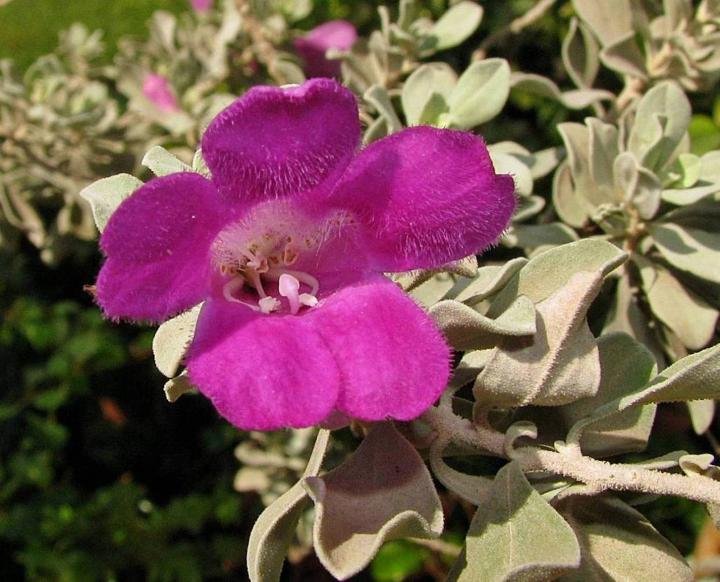
5. Nourishment
Use a balanced, water-soluble fertilizer formulated for flowering plants. Apply the fertilizer according to the manufacturer's instructions, typically every 2-4 weeks during the growing season (spring and summer).Incorporate organic matter such as compost or well-decomposed manure into the soil to improve soil structure and provide essential nutrients. This can be done annually or as needed.
6. Issues
Improper watering can lead to root rot or dehydration. Ensure the soil is consistently moist but well-drained. Adjust watering frequency based on the plant's needs and environmental conditions. plants may be susceptible to pests such as aphids, mealybugs, spider mites, and scale insects. Inspect the plant regularly for signs of pests and treat infestations with insecticidal soap or neem oil.Fungal diseases like powdery mildew, leaf spot, and root rot can affect plants, especially in humid conditions or if the plant is overwatered. Improve air circulation, avoid overhead watering, and treat with fungicides if necessary.
What Are The Benefits Of Nikodia?
Ornamental Beauty plants are prized for their attractive appearance, featuring large, bright green leaves and clusters of fragrant, yellow-orange flowers. They are often grown as ornamental trees in gardens and landscapes. Medicinal Uses Various parts of the plant, including the leaves, bark, and flowers, have been used in traditional medicine for treating various ailments. They are believed to possess antimicrobial, anti-inflammatory, and analgesic properties. Ecological Importance Kadamba plants support biodiversity by providing habitat and food for various wildlife species, including birds, insects, and small mammals. They also contribute to soil stabilization and erosion control in their native habitats. Cultural Significance In Hindu mythology and religious practices, the Kadamba tree holds cultural significance and is associated with various deities and rituals. It is often mentioned in ancient texts and literature. Timber and Wood Products The wood of the Kadamba tree is lightweight and soft, making it suitable for various woodworking applications, such as crafting furniture, carvings, and musical instruments.
FAQs About Growing Nikodia
1. What are the botanical characteristics of the Nikodia plant?
It is a tropical tree belonging to the Rubiaceae family.It can grow up to 45 meters tall, making it a large tree.The leaves are simple, alternate, and broadly lanceolate with a smooth texture.The kadamba tree produces small, fragrant, yellow flowers arranged in dense, spherical clusters.
2. Where is the Nikodia plant commonly found?
It is commonly found in tropical and subtropical regions of South and Southeast Asia. It is native to countries such as India, Sri Lanka, Bangladesh, Nepal, Myanmar, Thailand, Laos, Cambodia, Vietnam, Malaysia, Indonesia, and the Philippines. In these regions, trees are often cultivated in gardens, parks, and along roadsides due to their ornamental value and cultural significance. They are also found in natural habitats such as tropical forests, riverbanks, and lowland areas.
3. What are the medicinal properties attributed to the Nikodia plant?
They has several medicinal properties attributed to it, although scientific research on its medicinal uses is limited. Traditional medicinal practices in various cultures have used different parts of the tree for therapeutic purposes.
4. How is the Nikodia plant used in landscaping?
The trees are valued for their lush, green foliage and beautiful, fragrant flowers, making them popular choices for enhancing the visual appeal of landscapes.Due to their large size and broad canopy, trees provide excellent shade, making them ideal for creating shaded areas in parks, gardens, and urban landscapes.Kadamba trees can be used to create natural hedges or screens to provide privacy and separation in gardens or public spaces.
5. How does the Nikodia plant contribute to its ecosystem?
These trees provide habitat and food sources for a variety of wildlife, including birds, insects, and small mammals. The flowers attract pollinators such as bees and butterflies, while the fruit may be eaten by birds and other animals. The extensive root system of trees helps to bind soil particles together, preventing erosion and soil degradation. This is particularly beneficial in areas prone to erosion, such as riverbanks and slopes.
